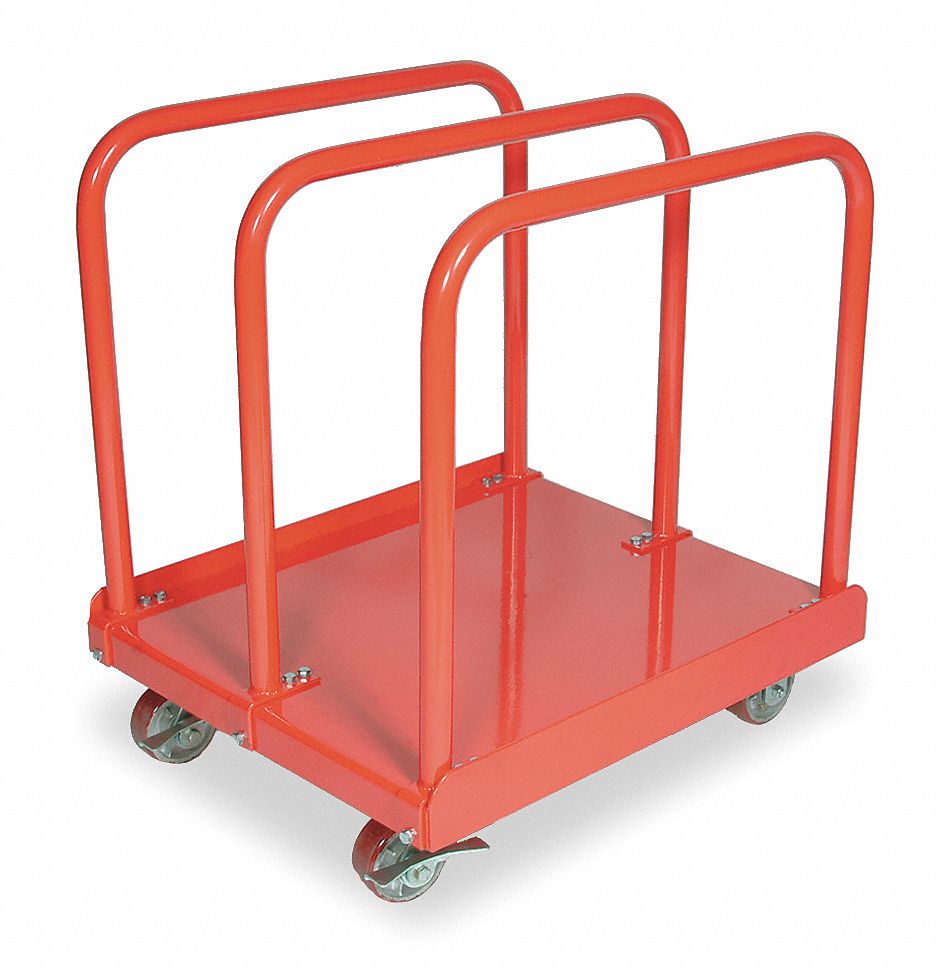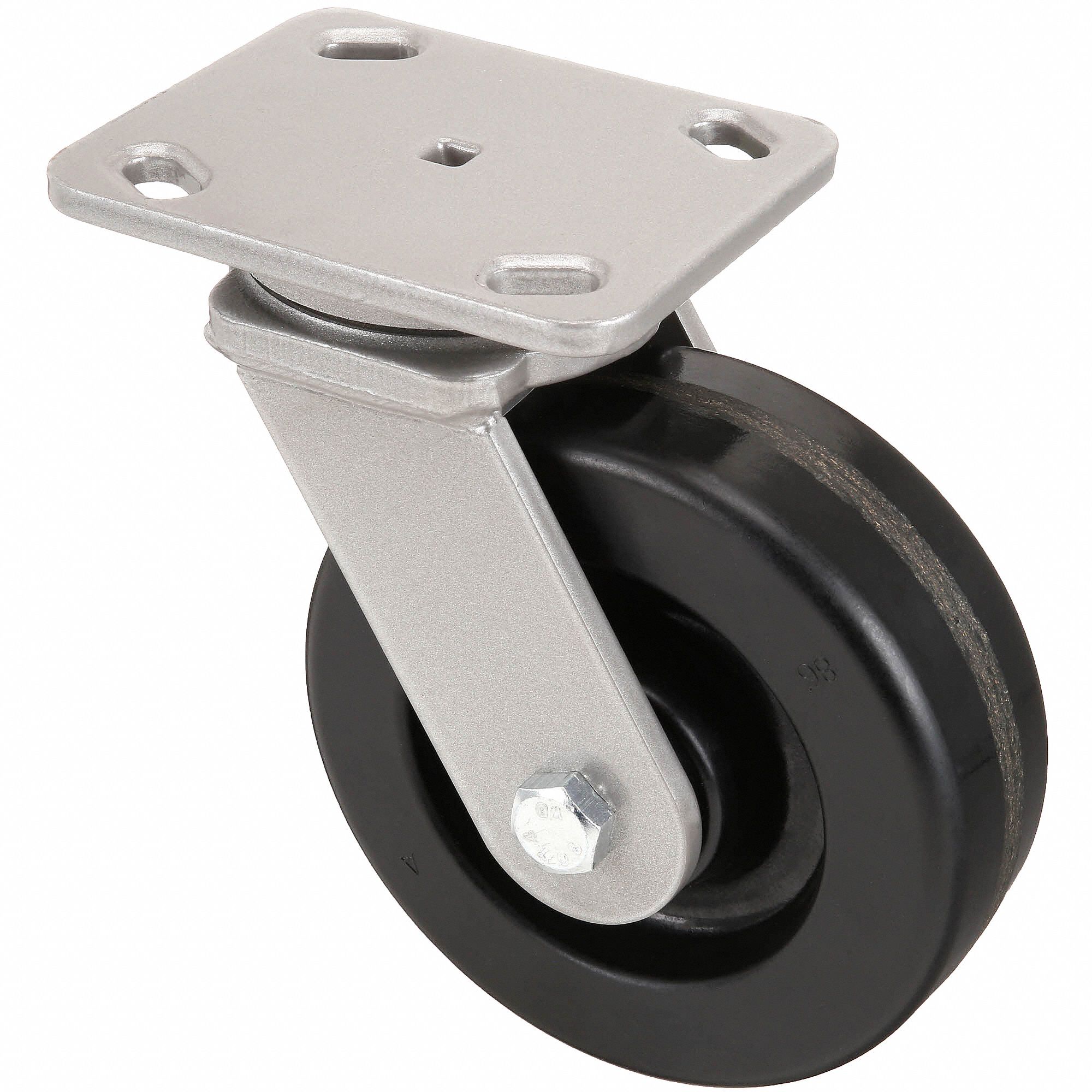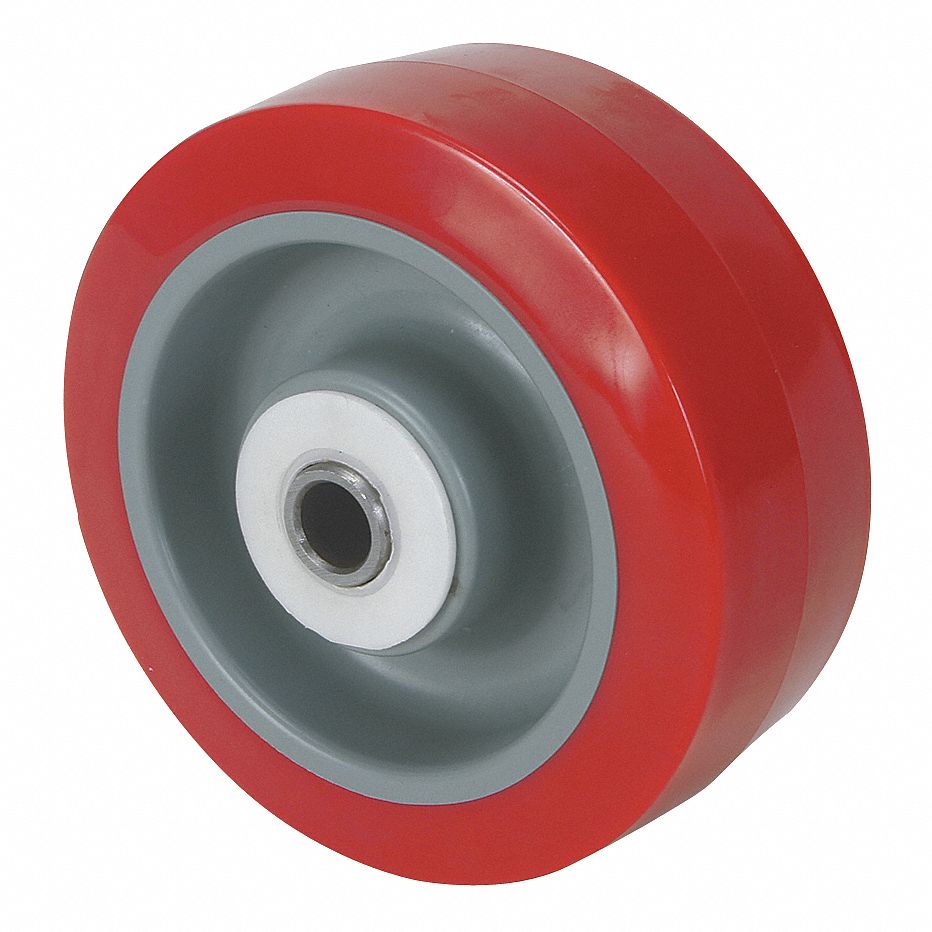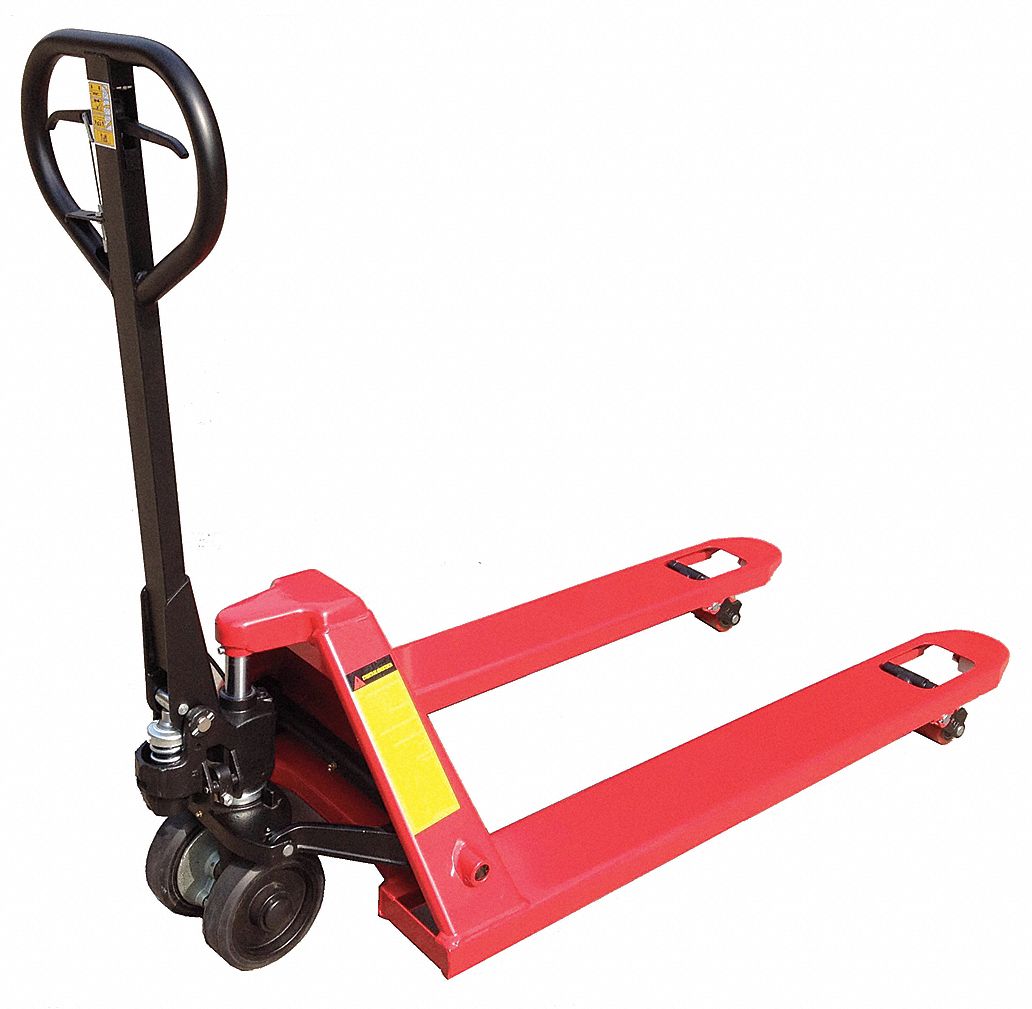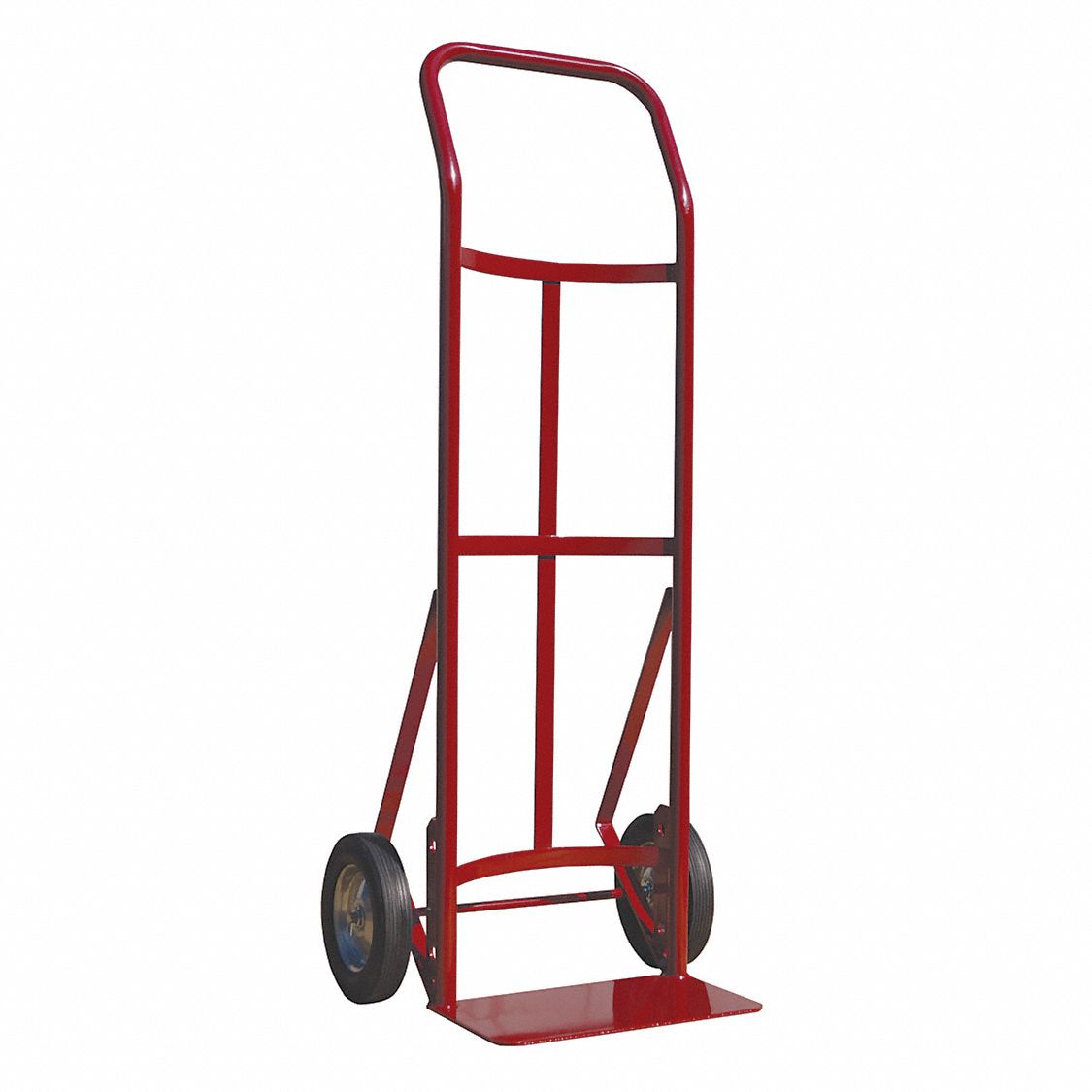

Machine Lubrication Strategies for Preventive Maintenance
By Grainger Editorial Staff 6/21/18


From the thousands of pieces of machinery on the factory floor to the bearings, wheels and motors keeping it all going, your equipment needs lubrication to stay effective. With each piece of equipment on its own lubrication schedule and demanding its own specific lubricant, it can be easy to skip over this constant routine maintenance. The costs can be crippling, leading to unexpected shutdowns, early wear and tear and expensive replacement.
To get on top of lubrication, your facility needs a plan that puts the right lubricants in the right places at the right time. With a well-defined maintenance schedule, the specific inventory for your equipment and lubricants in key locations in your facility, you can cut down on time spent lubricating equipment and prevent expensive failures.
Small Step, Big Consequences
Lubrication extends the life your equipment, allowing friction-prone parts to move smoothly with less wear. Lubricants bring other benefits depending on the equipment, including longer service life, better temperature regulation and stronger materials protection. The importance of lubrication maintenance is clear: neglect will lead to failures. Small gaps can lead to bigger failures - 40% of all bearing failures can be tied to just poor lubrication. Wear and tear due to inadequate lubrication on parts even this small adds up, with a single bearing failure potentially requiring full shutdown.
Before creating your plan, you need to know the current risks and strengths in your lubrication strategy. Start with the steps or plan you currently follow for lubrication, and highlight areas that might be forgotten or neglected. If your existing plan meets most of your lubrication needs, you may only want to modify it to reach more equipment. If your plan is completely missing the mark, it may be time to start over with a new plan.
Creating a Plan
To start a new plan, you must find all of the existing lubrication requirements for all equipment in your facility - big or small. Prepare a list of all recommended lubrication and the frequency, alongside what type of lubricant is needed. Once you have this list, put all required lubrication into a single schedule that groups common lubrication frequencies and areas. This saves time, focusing maintenance staff on a particular zone or week to handle larger groups of equipment at once.
Equipment can also be grouped by impact and risk. Large, production-essential equipment could demand more urgency and time in your plan. Smaller, less essential pieces of machinery may get lubrication after critical equipment is serviced. Depending on the size of your team, your own risk tolerance and whether maintenance is recommended or mandatory, some machinery may not be important to your plan.
Lubrication should take a place as a core part of your regular maintenance schedule to help ensure reliable and long-lasting equipment. Creating a longer-term inspection plan should also help ease lubrication concerns. Not only can these inspections spot overlooked machinery or signs of wear, but they can also identify and prevent potential catastrophic failures. Inspections should follow manufacturer guidelines, but also account for your specific environment - dusty, wet or humid sites may require more frequent review. A regular inspection strategy also helps to identify gaps in any existing plans that need addressing.
Inventory and Location
Keeping the right machine lubricants in stock for all of your equipment is vital to your plan. Delays caused by understock and restocking lower the efficiency of your equipment and make breakdowns more likely. To avoid these costs, make lubricants part of your overall inventory strategy, so that you can ensure the right lubricants are in stock for all of your unique equipment. The costs of using the wrong lubricants can be as severe as not lubricating at all, leading to unscheduled wear and tear or failure.
Just having the right lubricants in stock does not guarantee that they are easily accessible or used. To supplement your plan, determine exactly which closets and cribs need particular lubricants. Try to place specific lubricants close to the equipment that needs them, so that maintenance teams minimize time trying to find the right lubricant. Keeping the most common lubricants in your facility on hand in every closet also makes it easier to stay on top of maintenance.
Shop Grainger’s lubrication options today.
![]()
The information contained in this article is intended for general information purposes only and is based on information available as of the initial date of publication. No representation is made that the information or references are complete or remain current. This article is not a substitute for review of current applicable government regulations, industry standards, or other standards specific to your business and/or activities and should not be construed as legal advice or opinion. Readers with specific questions should refer to the applicable standards or consult with an attorney.

